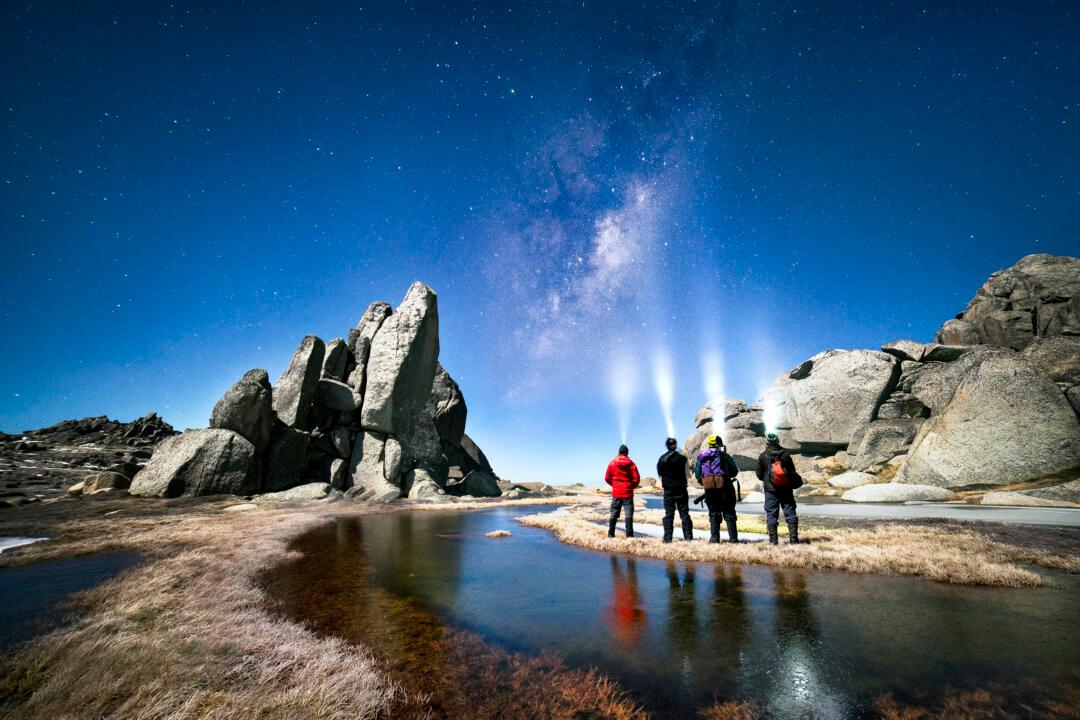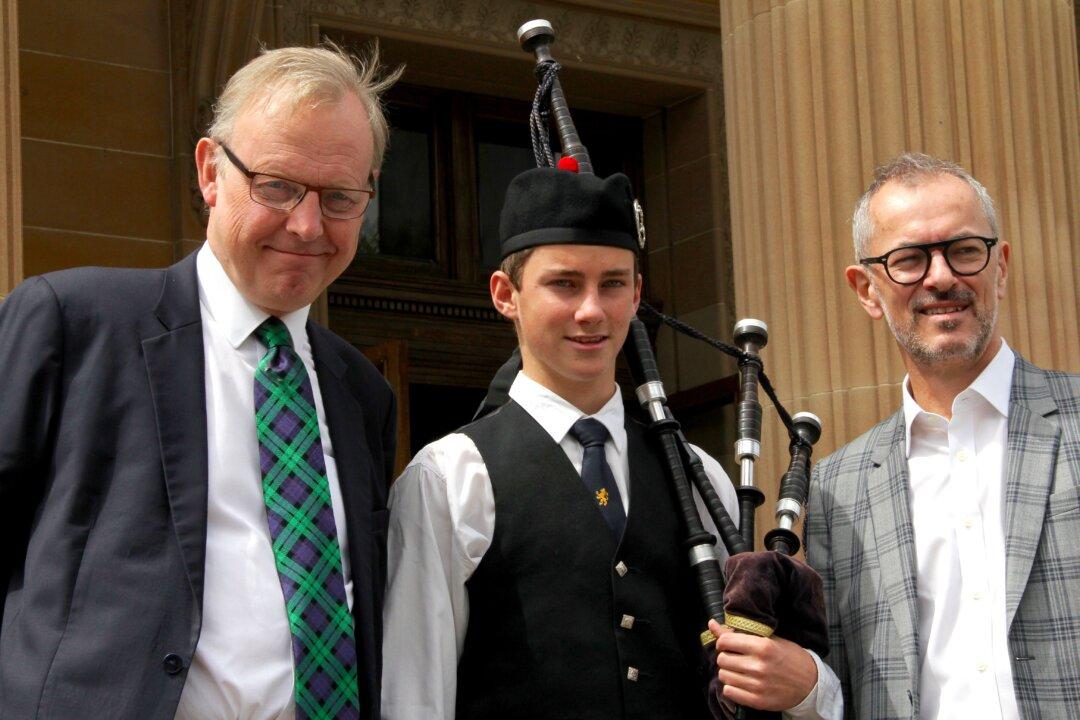When Japan’s Ambassador to the United States gave a presentation at the Heritage Foundation in Washington earlier this month, he acknowledged the anniversary of the devastating tsunami that had hit his country March 11 of last year. He also noted global concern about Iran and North Korea, and then went on to confess what really worried him—the weather.
“It is too warm!” His Excellency Ichiro Fujisaki told the audience at Heritage. “I am afraid the cherry blossoms will bloom long before the opening ceremony March 25.”
It’s a worry alright. It is Cherry Blossom Festival time in Washington, D.C., and this year is particularly significant marking the 100th anniversary of an enduring gift from the Japanese government to the United States—3,000 cherry blossom trees.
“The Festival is an historic milestone,” festival spokesperson Danielle Piacente said. “One hundred of the trees are still standing today thanks to the care of the National Park Services.”
Cherry blossom trees, including the 100 originals, fringe the Tidal Basin and the river region of Potomac Park, softening the memorials to past U.S. presidents scattered throughout the area.
The cherry blossom is the bloom that marks spring’s arrival in the capital, Piacente said, and the festival presents a very different but welcome view of the nation’s capital.
“I think people do think politics when they think of Washington ... the cherry blossom symbolizes rebirth, renewal, and hope, so it is a different vision,” she added.
Piacente expects over one million people to descend upon the nation’s capitol for the five-week event, which begins the first day of spring, March 20, and continues to National Arbor Day, April 27.
The free opening ceremony will be held in the convention center this year, and will be followed by a plethora of events and activities around the city, including: the Cherry Blossom Festival Family Day weekend, March 24 and 25; the Blossom Kite Festival, March 31; fireworks from Nagaoka, Japan, April 7; and the annual Cherry Blossom Festival Parade, April 14.
While 55 percent of those expected to visit D.C. during this time will be from surrounding regions, the rest will come from all over the world. “All eyes will be on Washington, D.C., this spring,” said Piacente.
Cherry Trees
All too obvious to the fretting Japanese Ambassador, it will be the cherry blossom trees that will be the center of attraction at the festival.






